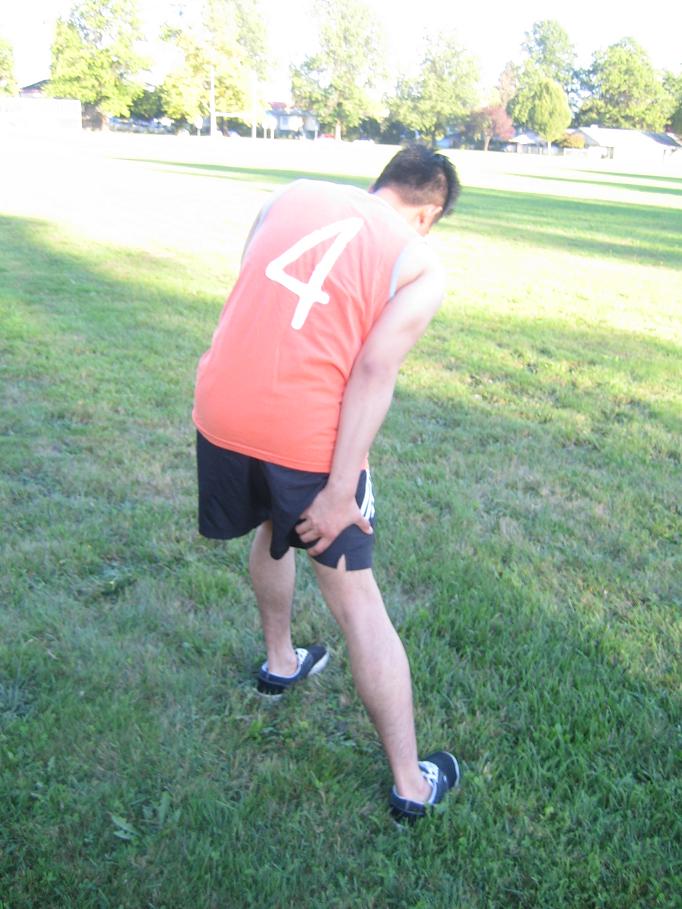Varicose veins are veins that become large and twisted and usually common in the superficial veins of the legs. Veins are the vessels of blood that carry blood to the heart. Arteries carry blood from the heart to all parts of the body. The veins have minimal muscle tissue and have a series of one-way valves that maintains the flow of blood in one direction to the heart.
Varicose veins develop when the valves within the veins is inefficient or incompetent which allows the blood to backflow and accumulate in the area below the affected valve, thus resulting to enlarged veins They can be seen under the skin as bluish-green lines and can bulge out and appear twisted or distorted.
Symptoms of varicose veins
- Swelling of the legs
- Bulging or twisting appearance of the affected veins
- Leg cramps is felt while resting
- A feeling of heaviness and muscle fatigue in the legs
- Itching around the affected veins
- Symptoms become worse during menstruation.
Varicose veins causes complications like the skin above the affected veins becomes thin and making it more susceptible to cuts and ulcers; an increased risk of developing blood clots in the deep veins and inflammation of the affected veins phlebitis.
Causes

- Being overweight
- Hormonal factors
- Hereditary
- Pregnancy
- Problems with the circulation such as blood clots or thrombosis
- Suffering from chronic constipation can cause development of rectal varicose veins.
- Injury or inflammation of the veins
Treatment
- Perform regular exercises such as walking to increase the circulation of blood in the legs.
- Avoid being overweight, maintain a low-salt diet to prevent swelling due to water retention.
- Avoid wearing high heeled shoes. It is recommended to stick with low heeled shoes which are easy on the veins. Avoid wearing tight clothes around the waist, legs or groin because these can lead to a reduction in the flow of blood in the area.
- Elevate the legs above the level of the heart. When lying down, prop the legs on 3-4 pillows to increase the circulation in the affected area.
- Avoid sitting or standing for long periods of time. It is vital to change position regularly to promote proper flow of blood in the area.
- Avoid sitting with the legs crossed to prevent issues with the blood circulation.
- In a tub filled with water, mix sea salt and one cup of apple cider vinegar, and then soak the affected legs for at least 20 minutes and at the same time massage the legs. This process relaxes and lessens the swelling of the affected leg.
- Moisten a clean cloth or towel with a few drops of apple cider vinegar and place it over the varicose veins. Allow to stay in place for a few minutes.
- Garlic lessens the inflammation of the varicose veins and increases circulation of blood in the area. Garlic can be consumed in the daily diet or it can be applied as a cream by crushing cloves of garlic until it is fine and adding a few drops of alcohol. Apply this cream to the affected leg at least four times every week.
FACT CHECK
https://www.nhs.uk/conditions/varicose-veins/
https://www.medicalnewstoday.com/articles/240129.php
https://www.mayoclinic.org/diseases-conditions/varicose-veins/symptoms-causes/syc-20350643
